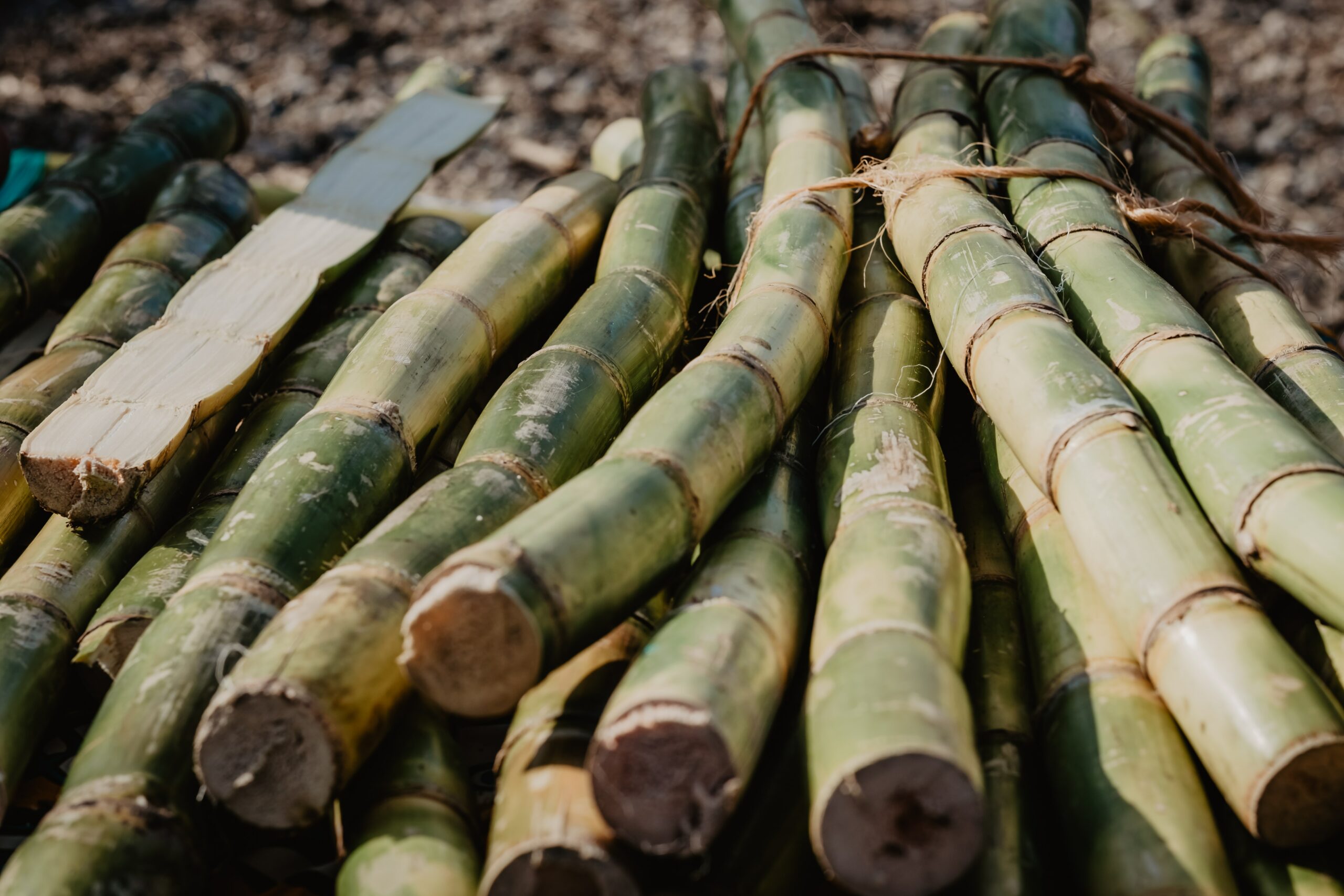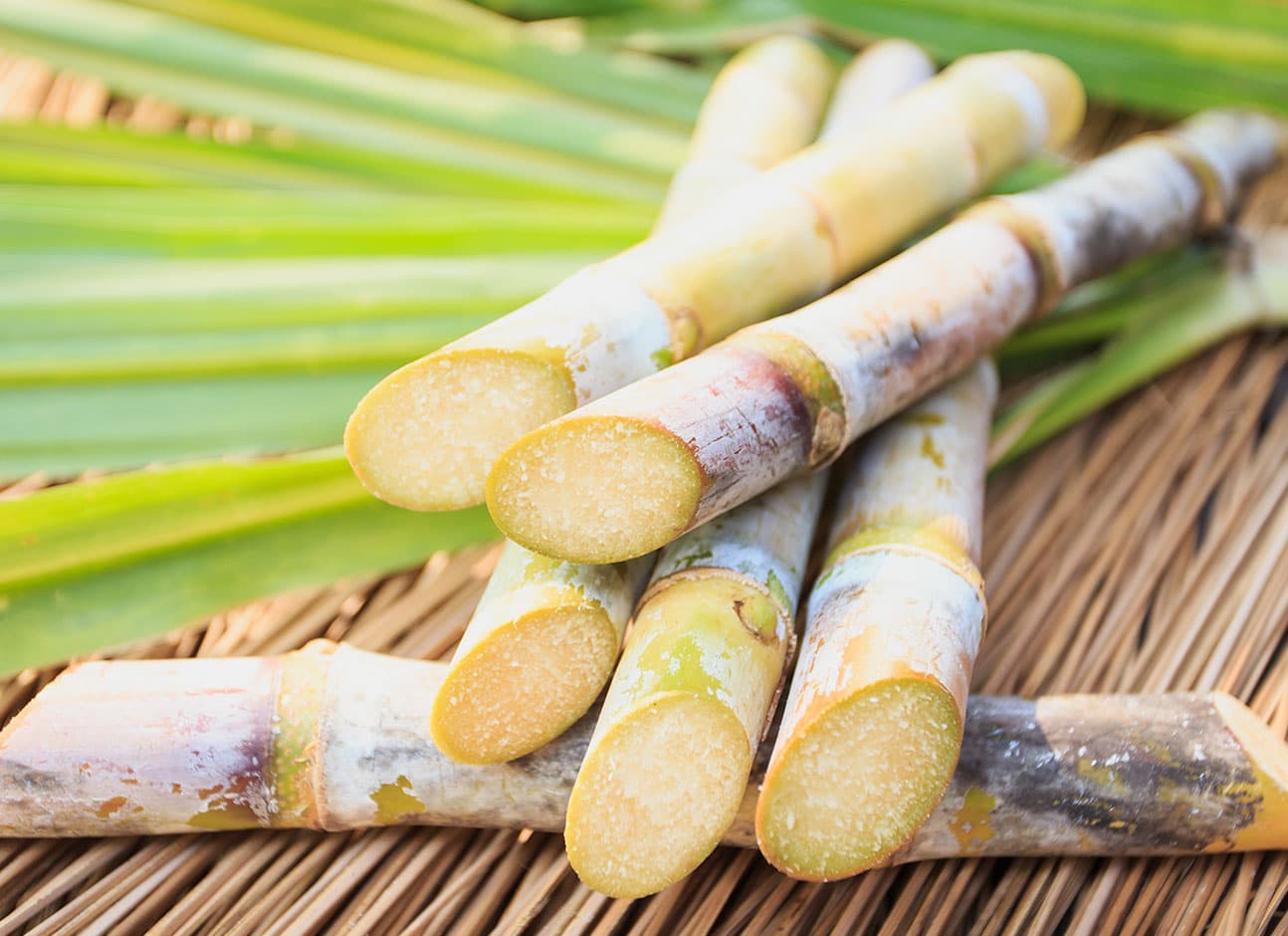Introducing the Importance of Sugar Canes: What Are Sugar Canes Used For in the Cane Sugar Market?
Sugar canes offer as the keystone of the walking cane sugar sector, mostly supplying the raw product required for sugar manufacturing. Their capacity to transform sunlight right into sucrose with photosynthesis is important. Beyond their sweetening buildings, sugar walking canes discover utility in various cooking applications and emerging markets. The complete level of their impact expands beyond the cooking area. This discussion will explore the multifaceted duties of sugar walking sticks in both industry and economic situation.
The Role of Sugar Canes in Sugar Manufacturing
Sugar canes act as the foundational basic material in the walking stick sugar sector, playing an important duty in the production process. These high, seasonal grasses prosper in tropical and subtropical climates, where they soak up sunlight and nutrients to create sucrose. The harvesting of sugar walking sticks generally happens when the plants reach maturity, maximizing their sugar content.Once gathered, the walking sticks go through squashing to draw out the juice, which contains dissolved sugars. This juice is after that cleared up and focused through dissipation, changing it into a syrup. Ultimately, crystallization occurs, enabling for the separation of sugar crystals from the staying syrup.The removed sugar undergoes more refining to attain the desired pureness and quality - What Are Sugar Canes Used For. As a result, the entire process highlights the important contribution of sugar walking sticks to sugar manufacturing, highlighting their value as both a resources and a stimulant in the manufacturing of walking stick sugar

Diverse Applications in Food and Beverage Industry
In the food and beverage industry, sugar walking cane serves multiple necessary features. It acts not only as a main sweetener in various items yet also as a flavor agent that boosts preference profiles. Additionally, its elements play a significant duty in fermentation and purification procedures, contributing to the manufacturing of alcoholic beverages.
Sugar in Products

The adaptability of walking cane sugar as a sweetener makes it a staple in a wide variety of food and drink products. Widely utilized in baked products, it improves the taste and texture of cakes, cookies, and breads by providing wetness and advertising browning throughout baking. In beverages, walking stick sugar is a preferred option for sweetening teas, soft drinks, and juices, enabling a well balanced flavor account. In addition, it acts as an important active ingredient in dressings, sauces, and marinates, contributing to a harmonious mix of tastes. Cane sugar's capacity to dissolve swiftly and its consistent sweet taste profile better solidify its duty as a preferred sugar - What Are Sugar Canes Used For. On the whole, its varied applications highlight the indispensable role of walking cane sugar in the cooking landscape
Seasoning Representative Use
Making use of walking stick sugar as a flavor representative extends past its duty as a plain sweetener, enhancing a range of cooking productions. In the food and beverage sector, it improves taste accounts by stabilizing acidity and resentment, making it a necessary element in dressings, sauces, and marinates. Furthermore, walking cane sugar adds to the overall mouthfeel, offering a positive structure in baked products and confections. Its caramelization during food preparation adds depth to both full-flavored and pleasant recipes, while also acting as a chemical in jellies and jams. In beverages, walking cane sugar is used to intensify flavors in alcoholic drinks and soft drinks, making certain an extra delightful drinking experience. This flexibility highlights its significance in diverse cooking applications.
Fermentation and Purification
Walking cane sugar plays a significant function in fermentation and distillation procedures, which are essential in producing a selection of alcoholic beverages and foodstuff. Throughout fermentation, yeast converts sugars right into alcohol and co2, an essential action in crafting beverages like rum and vodka. Distillation better purifies these alcoholic combinations, raising and concentrating flavors alcohol material. Beyond beverages, cane sugar is also integral in generating vinegar and particular preservative through fermentation. The convenience of cane sugar enhances the flavor accounts and high quality of these items, making it essential in the food and drink sector. Its contribution not just supports traditional techniques yet also fosters innovation in crafting brand-new flavors and experiences for consumers.
Sugar Canes in Biofuel Production
As interest in renewable resource resources expands, sugar walking canes are progressively recognized for their potential in biofuel production. The biomass stemmed from sugar canes can be changed right into ethanol, a lasting gas choice that reduces greenhouse gas exhausts compared to nonrenewable fuel sources. This procedure normally entails fermenting the sugar removed from the walking cane, which is after that distilled to generate high-purity ethanol appropriate for use in vehicles.Additionally, sugar walking cane bagasse, the fibrous residue left after juice removal, can be used as a feedstock for bioenergy. It can be shed to produce heavy steam and electrical energy, adding to energy self-sufficiency in sugar mills. Countries such as Brazil have actually efficiently integrated sugar cane biofuel into their energy policies, resulting in decreased reliance on imported gas - What Are Sugar Canes Used For. In general, sugar walking canes stand for an appealing method for biofuel production, lining up agricultural exercise with ecological sustainability goals
Industrial Uses of Sugar Canes
While frequently identified largely for sugar manufacturing, her response sugar walking sticks likewise have diverse commercial applications that extend well past the food industry. The coarse results of sugar cane, referred to as bagasse, serve as a useful resource in numerous markets. Bagasse is frequently used as a biofuel, generating power in sugar mills and other centers. In addition, it can be refined into Clicking Here paper, cardboard, and naturally degradable materials, advertising lasting practices.In addition, sugar walking canes contribute to the manufacturing of molasses, a byproduct utilized in the fermentation process for producing alcohol and yeast. This versatility makes sugar walking sticks essential to the drink and pharmaceutical sectors. Sugar walking cane extracts are employed in the cosmetics industry, supplying natural components for skin care and beauty products. In general, the commercial usages of sugar walking sticks highlight their importance beyond sugar, showcasing their duty in advertising sustainability and supporting different markets.
Economic Influence of Sugar Walking Cane Growing
The financial influence of sugar cane farming is considerable, primarily through task creation and export income generation. This market not only gives work opportunities in backwoods however likewise adds considerably to nationwide economic climates using exports. Recognizing these elements highlights the important function sugar walking cane plays in both international and neighborhood markets.
Work Production Opportunities
Although frequently ignored, the sugar walking stick sector plays an essential duty in work creation, substantially influencing neighborhood economies. The cultivation, harvesting, and processing of sugar walking cane generate countless work opportunities, from field workers to factory staff. In many areas, these tasks offer incomes for thousands of family members, adding to community stability and growth. In addition, secondary markets such as transportation, tools manufacturing, and retail benefit from the sugar cane sector, more broadening employment options. Seasonal job throughout growing and harvest times additionally sustains short-term settings, enabling workers to gain revenue in otherwise lean durations. On the whole, the sugar cane industry acts as an essential economic engine, promoting task creation and enhancing the lifestyle for many individuals and areas.
Export Income Generation

Lasting Practices in Sugar Walking Cane Farming
While traditional sugar cane farming practices have usually resulted in ecological destruction, an expanding number of farmers are taking on lasting approaches that prioritize ecological equilibrium. These methods consist of plant turning, which improves soil fertility and reduces bug episodes, and the use of natural fertilizers to reduce chemical runoff. In addition, some farmers are executing incorporated bug management strategies, which concentrate on utilizing natural predators and biopesticides rather than hazardous chemicals.Water conservation strategies, such as drip watering, are likewise getting grip, permitting efficient water usage while maintaining crop health. Lots of farmers are investing in renewable energy sources, such as biomass from sugar cane waste, to power procedures and decrease their carbon impact. These sustainable methods not just secure ecological communities but likewise boost the long-term viability of sugar walking cane farming, guaranteeing that it can continue to satisfy international sugar needs while reducing environmental impact.
Often Asked Inquiries
Exactly How Are Sugar Canes Harvested and Processed?
Sugar walking canes are collected utilizing hand-operated methods or mechanical cutters, after that delivered to factories. There, they go through washing, crushing, and extraction procedures to obtain juice, which is after that clarified, vaporized, and taken shape right into sugar.
What Is the Nutritional Worth of Sugar Walking Cane?
The nutritional worth of sugar walking cane includes carbohydrates, mainly in the form of sucrose, together with trace amounts of minerals and vitamins like calcium and potassium. It is reduced in protein and fat material on the whole.
Can Sugar Cane Be Expanded in Non-Tropical Areas?
Sugar cane can be grown in non-tropical areas, yet it requires specific conditions such as appropriate heat, wetness, and appropriate soil. Adjustment and growing techniques are necessary for effective development outside typical exotic environments.

What Illness and parasites Impact Sugar Walking Stick Crops?
Parasites and illness significantly affect sugar cane crops. Common threats consist of the sugarcane borer, red rot, and mosaic infection, which can lower return and high quality, demanding efficient management techniques to protect these important agricultural resources.
How Does Sugar Walking Stick Farming Impact Resident Communities?
Sugar walking cane farming significantly influences regional neighborhoods by supplying employment possibility, promoting economic development, and supporting neighborhood organizations. It can also lead to ecological worries and social challenges, influencing neighborhood health and sustainability. Sugar walking canes serve as the cornerstone of the walking stick sugar industry, largely providing the raw product needed for sugar production. Sugar walking sticks offer as the fundamental raw material in the walking stick sugar sector, playing a critical duty in the manufacturing process. The harvesting of sugar walking canes commonly occurs when the plants get to maturation, optimizing their sugar content.Once gathered, the walking sticks undertake squashing to extract the juice, which has dissolved sugars. While often recognized mostly for sugar manufacturing, sugar walking canes additionally have diverse commercial applications that extend well beyond the food industry. As worldwide need for sugar continues to increase, nations rich in sugar walking cane resources utilize on this possibility, exporting raw sugar and fine-tuned items to global markets.